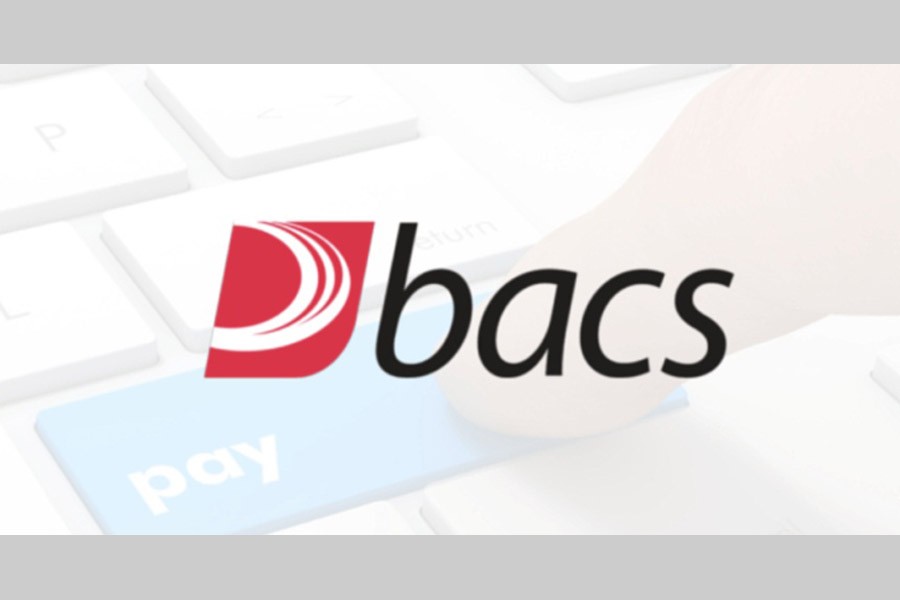Amid all the uproars centring the budget speech, the finance minister deserves kudos for announcing the launching of a new Budget and Accounting Classification System (BACS) this year. Happily, this is being done in tandem with the computer-based Integrated Budget and Accounting System (iBAS++), originally introduced in 2006 and re-launched in an upgraded form in December 2015. This 52-digit classification system will replace the previous 13-digit one that has been in vogue in the country since 1998. More importantly, the switch from a purely cash-based accounting to a modified cash-based one will ultimately facilitate the transition to a fully resource or accrual-based budgeting in the long run.
BACS will be a core ingredient in the government's financial management system as it will enable grouping together of similar budgetary transactions for the purpose of planning, accounting, controlling and reporting. It is expected to improve public financial management by generating quality information for the decision makers. The information quality will climb through improvements in coding structure and introduction of double-entry accounting. The expanded scope for information gathering will capture data for a broader set of entities, show financial assets and liabilities as well as location of the spending. The detailed recording of actual performance against budget will ensure transparency in income-cum-expenditures and in evaluating the performance of budgetary entities.
Unfortunately, the pace of progress in reforming the public financial management in this country has been painfully slow over the past three decades. It started with the formation of a 'Committee on Reforms in Budgeting and Expenditure Control' (CORBEC) in 1989. The CORBEC report was accepted by the government in 1993, and a project titled 'Reforms in Budgeting and Expenditure Control' (RIBEC) was launched in 1995 based on that report. This was followed by the Financial Management Reform Programme (FMRP) implemented during 2003-09. The latter launched the automated Integrated Budget and Accounting System (iBAS) in 2006. FMRP was replaced by the Strengthening Public Expenditure Management Program (SPEMP) during 2009-14. The preparation of new BACS as well as the design and development of iBAS++ were done under this programme. Finally, these two systems have now been introduced under the Public Expenditure Management Strengthening Program (PEMSP) of the Finance Division.
Questions may, therefore, be raised why it took so long to implement so few reforms over a span of three decades, when as many as four projects or programmes had to be executed by spending a substantial amount of tax-payers' money. Progress in other areas of public financial management reform has also been negligible. For example, complete separation of the accounting-cum-auditing functions and personnel could not yet materialise. What has been done in the name of separation was merely handing over of personnel control to two separate authorities. There had also been much talk about the wider application of performance audit in the public sector. But sadly, not much headway has been made in this area apart from establishing a directorate general under the C&AG's office. The government should keep in mind the challenges to proper implementation of the new BACS, which include political and administrative commitment, maintaining balance between complexity, relevance and accuracy, appropriate standardisation and adequate IT-support.


